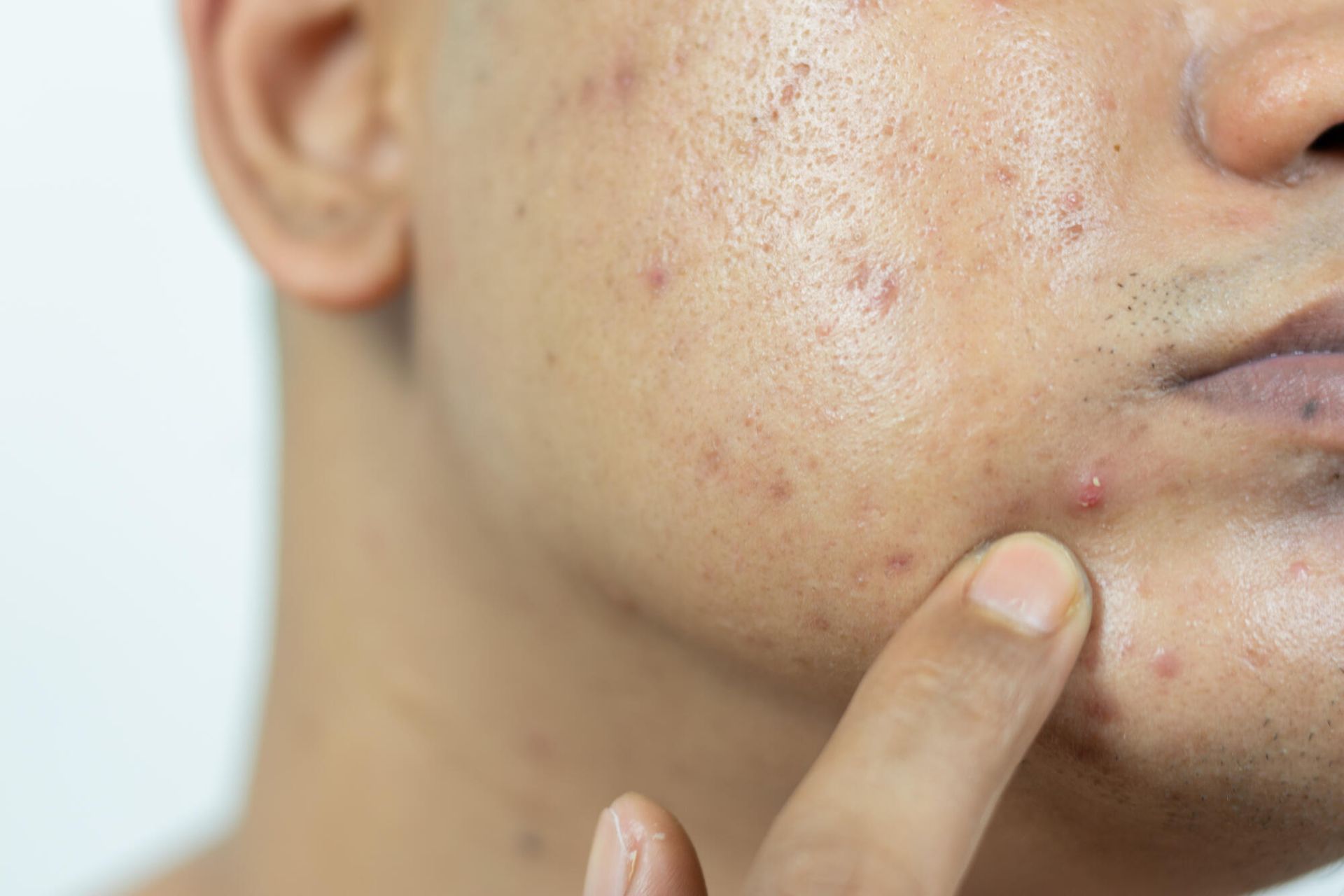Facial Pain Mysteries: Exploring the Connection to Your Jaw Joint (TMD)
Temporomandibular disorders (TMDs) affect an estimated 10 million Americans, according to the National Institute of Dental and Craniofacial Research, putting the causes of facial pain into sharp focus for anyone experiencing daily discomfort in the jaw, cheeks, or temples. That ache or tightness is not random; it might be your jaw joint crying out for help.
You notice a click or pop when you chew; sometimes your jaw even locks. These signs point to a deeper issue: temporomandibular joint dysfunction. Learning more gives you the tools to act. Simple changes, targeted care, and innovative solutions can ease the tension and get your smile back on track.
If you have been searching for answers, you are not alone. Let us explore the connection between facial pain and your jaw joint to find lasting relief.
Jaw Joint Disorders Explained
The temporomandibular joint (TMJ) sits just in front of each ear. It lets you speak, chew, and yawn with ease. When this joint is not functioning properly, pain can develop quickly.
Jaw joint disorders can stem from repeated pressure, injury, or even teeth grinding. If the disk in your joint shifts or wears down, it throws the whole system off balance.
The pain might feel sharp or dull; it might stick around or come and go. You might notice it more when chewing tough food or yawning widely.
You can also feel it in places that seem unrelated, such as your temples or the back of your neck. That is what makes diagnosis tricky. Doctors and dentists sometimes miss the signs at first.
Look out for these common issues:
- Jaw popping
- Stiffness in the joint
- Earaches or ringing
- Neck or face tension
Jaw joint disorders often mimic other problems, making early detection a real challenge. That is why it helps to know what to watch for. When your face hurts and your jaw feels tight, the issue may be right at the hinge: your TMJ. Recognizing the source gives you a better chance of achieving lasting relief.
What Triggers Facial Pain?
Facial pain is not random; it usually has a root cause. Jaw strain, muscle tension, and poor bite alignment can all lead to discomfort. Even everyday habits (like chewing gum too often) can trigger flare-ups.
Some people grind their teeth at night without realizing it. Others clench their jaws during stress.
Over time, these small actions can wear down the joint and the surrounding muscles. The result? A sharp ache in the cheeks, around the ears, or across the temples.
Medical conditions, such as arthritis, can also affect the TMJ. Hormonal changes may also play a role, particularly in women. Injuries, posture problems, and even sleep issues can stack up and cause pain.
You might face multiple triggers at once:
- Jaw clenching
- Teeth grinding
- Poor posture
- Arthritis or injury
- Hormone shifts
Facial pain issues often start small but can grow into bigger problems when left unaddressed. That is why paying attention to subtle signs matters.
You do not need to suffer silently with a flare-up. Spot the patterns, and you can take steps to prevent the pain from taking over your day.
Spotting the Symptoms of TMD
Temporomandibular joint dysfunction (TMD) comes with a wide range of symptoms. Some show up in your jaw; others hit your head, ears, or neck. Because of this, it is often confused with sinus issues, migraines, or even dental problems.
One clear sign is pain when you open or close your mouth. You might also hear clicking, popping, or grinding.
In some cases, the jaw locks, either open or closed. These symptoms can be scary, especially if they strike without warning.
Many people also report tenderness around the jaw, headaches, and earaches. Even your bite might feel off. You might chew more on one side to avoid pain.
Watch for these warning signs:
- Jaw locking
- Clicking or popping
- Face or neck pain
- Trouble chewing
- Uneven bite
Symptoms of TMD often sneak up slowly, then settle in for the long haul. Catching them early can make a big difference in your comfort.
You do not have to guess or wait it out. If your jaw feels strange or sore more than once, it is time to take a closer look.
Exploring TMD Treatment Options
TMD treatment options range from home remedies to professional care. The best choice depends on the severity of your symptoms and the underlying cause. For many, small changes can lead to significant relief.
Soft foods give your jaw a break. Jaw stretches and massage loosen tight muscles. Heat and cold packs help reduce swelling or pain.
If clenching is the issue, your dentist might suggest a night guard. These protect your teeth and take pressure off your jaw joint while you sleep.
For moderate to severe cases, physical therapy or medication might be needed. In rare situations, surgery is an option, but that is usually a last resort.
Popular options include:
- Soft diet
- Ice or heat packs
- Jaw exercises
- Night guard use
- Physical therapy
TMD treatment options aim to ease pain, protect your jaw, and restore movement. No single fix works for everyone.
You may need a mix of approaches to find what truly helps. The goal is always the same: less pain, more freedom, and a jaw that works without worry.
Understanding Temporomandibular Joint Dysfunction
Temporomandibular joint dysfunction affects how your jaw opens, closes, and moves. This joint is not just a hinge; it also slides and rotates. When anything interferes with that movement, pain and pressure follow.
You might feel soreness around your ears, jaw, or neck. Talking, chewing, or yawning can trigger discomfort.
In some cases, the joint shifts out of position, or the disc inside wears down. That throws your whole bite off balance.
The causes vary. Injury, long-term teeth grinding, or joint diseases like arthritis can all lead to dysfunction. Even constant gum chewing or nail biting puts stress on the joint.
Watch for these signs of dysfunction:
- Pain near your ear
- Difficulty opening wide
- Jaw shifting when speaking
- A bite that feels uneven
Understanding temporomandibular joint dysfunction helps you respond with confidence instead of confusion. You do not have to live with tension or guess what is wrong. A precise diagnosis opens the door to real, lasting solutions. When your jaw starts acting up, knowing the root cause is your first step toward relief.
How Stress Impacts Your Jaw
Stress does not just reside in your mind; it also creeps into your body, particularly your jaw. Many people clench their teeth without realizing it, especially during tense moments or while asleep. That constant pressure wears down the jaw joint and tightens facial muscles.
You might wake up with soreness or notice tension build throughout the day. Stress also fuels habits like nail biting or chewing on pens, which push your jaw beyond its limit. Over time, these behaviors can lead to inflammation, misalignment, and persistent pain.
Managing stress plays a significant role in alleviating TMD symptoms. Calming your mind also helps relax your jaw. Techniques such as deep breathing, mindfulness, or gentle jaw stretches can make a significant difference.
Every day, stress-related habits include:
- Nighttime clenching
- Daytime teeth grinding
- Nail or pen chewing
- Tight jaw posture
When stress builds, your jaw often takes the brunt of the impact first. Noticing the link between your mental state and physical pain helps you interrupt the cycle. You do not have to suffer through jaw tension alone. Relaxing your mind may be the key to unlocking long-term jaw relief.
When to See a Specialist
Not all jaw pain needs medical care, but some does. If your symptoms persist for weeks, worsen over time, or significantly impact your daily life, it is time to consult a specialist. Dentists trained in TMJ disorders can evaluate your bite, jaw movement, and symptoms.
You may need imaging tests, such as X-rays or a CT scan, to examine the joint structure. A customized treatment plan may follow, based on the underlying cause of the problem. Some people benefit from physical therapy, while others may require a night guard or medication to reduce inflammation.
Delaying care often makes treatment more difficult. Jaw joints are sensitive, and the longer the dysfunction continues, the more damage it can cause. Acting early can save you from years of discomfort.
Know when to reach out if you have:
- Pain lasting over 2 weeks
- Jaw that locks or shifts
- Trouble chewing or speaking
- No relief from home care
Jaw pain that does not subside may require expert intervention to correct. Catching the issue early means easier treatment and faster recovery. Do not wait until the pain becomes constant; help is available, and it can make a significant difference.
What Causes Facial Pain: A Closer Look
What causes facial pain often ties back to problems in the jaw joint, especially when symptoms come and go without an apparent reason. Jaw joint disorders and temporomandibular joint dysfunction are familiar sources of discomfort, but they are also highly treatable.
Experience care where precision meets peace; at Dental Care Burke, your comfort is our top priority in every treatment, every moment. We blend advanced technology with a calm, welcoming touch to ease jaw pain and restore natural movement. Let us help your smile feel as good as it looks.












